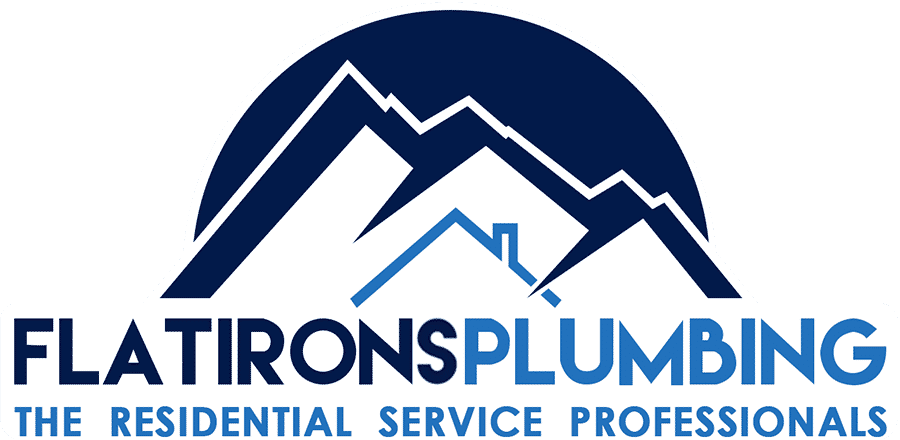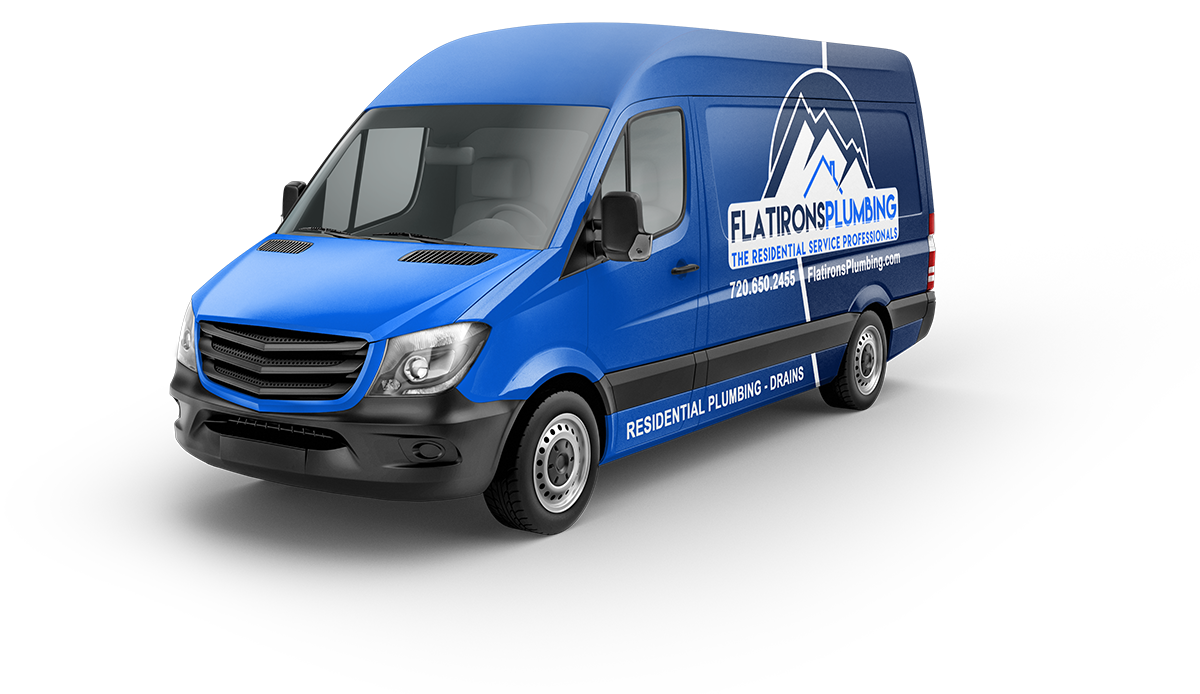Homeowners don’t often think about their sewer lines until they develop problems. All of the drains and wastewater pipes in your home converge onto your sewer line. This lone, underground pipe carries all your effluence to the municipal sewer main. It’s easily the most important plumbing system feature for keeping your wastewater moving in the right direction. To help you avoid maintenance-related backups and clogs, the following are several common sewer line myths dispelled.
You’re in the Clear If You Don’t Send Grease Down Your Drains
Grease, rendered fats, and certain cooking oils solidify as they cool. If you put these things down your drains, they’ll create tough, tacky coatings that diminish space at the interior of your sewer pipe and slow the movement of wastewater. However, keeping these things out of your drains isn’t sufficient drain maintenance on its own.
Lots of grease still enters your sewer pipe when you rinse fatty residues off your dishes. Body oils, soap scum, and grease from lotions, hair products, and other self-care and styling products enter your plumbing system when you bathe and shower. Over time, these things also contribute to in-pipe buildups. Thus, no matter how careful you are in your kitchen, it’s still important to schedule regular drain cleaning and sewer line maintenance.
Cutting Down a Tree With Invasive Roots Stops the Problem
Invasive tree roots that penetrate and enter sewer lines can create massive obstructions. These fast-spreading growths can block the movement of wastewater entirely and send effluence back into your home.
If you have a tree that’s less than 10 feet away from your sewer line, simply cutting it down won’t keep your plumbing system protected. Tree stumps can maintain active root systems for years or even decades. This makes it important to follow tree cutting with stump removal.
Homemade Drain Cleaning Solutions Are Effective
Homemade solutions of baking soda and white vinegar don’t clean drains and sewer lines completely. Although they aren’t harmful to your plumbing system, they can’t take the place of professional sewer line care. However, they are effective for periodically freshening your drains in between professional drain cleaning service.
All Products Marked “Flushable” Are Safe for Your Toilets
Many products that are marketed as being “flushable” are actually terrible for residential plumbing systems. These include “flushable” self-care wipes, feminine hygiene products, and physical prophylactics. These slow-degrading items can get snagged on rough pipe interiors, and they could remain completely intact in your sewer lines for weeks or months.
Hard Water Only Affects Your Water Supply Lines
Hard water creates heavy buildups of dissolved minerals in water supply lines. However, this same sediment can be found in sewer lines as well. To prevent accelerated sewer line wear and corrosion, you can schedule hydro-jetting service to flush these accumulations out.
You Only Need Sewer Line Maintenance When You Have Dirty, Slow-Moving Drains
Don’t wait until you have multiple dirty, sluggish, or clogged drains before scheduling drain cleaning and sewer line maintenance. These are all signs of an impending whole-house backup. For prevention, schedule drain cleaning at least once each year and professional sewer line maintenance every 18 to 24 months.
Taking good care of your sewer line can help you avoid a host of costly and potentially dangerous plumbing problems. However, if you’ve fallen far behind in sewer line maintenance, professional plumbers can put things aright. For expert sewer line repair service in Arvada, CO, contact Flatirons Plumbing today.



